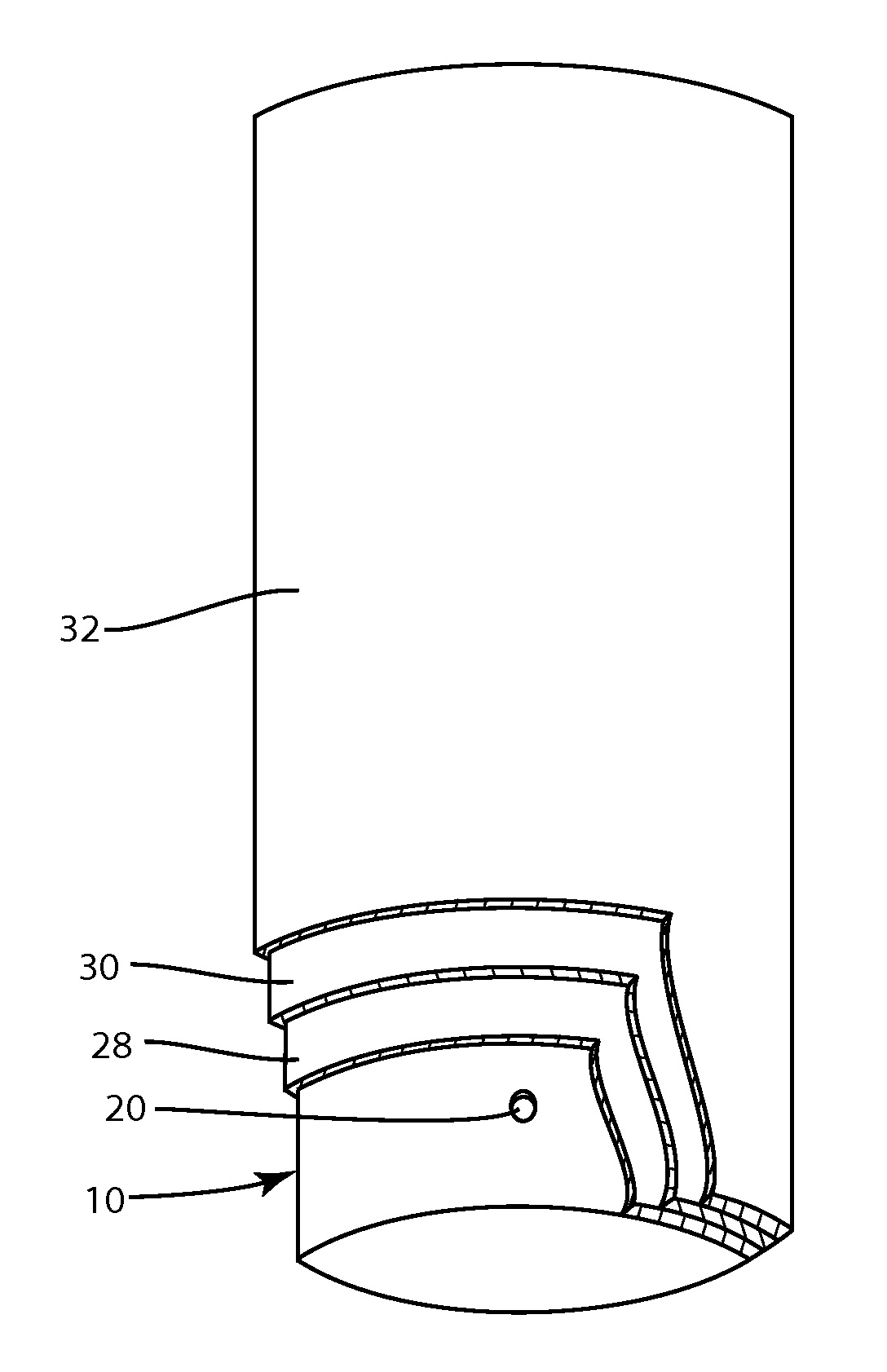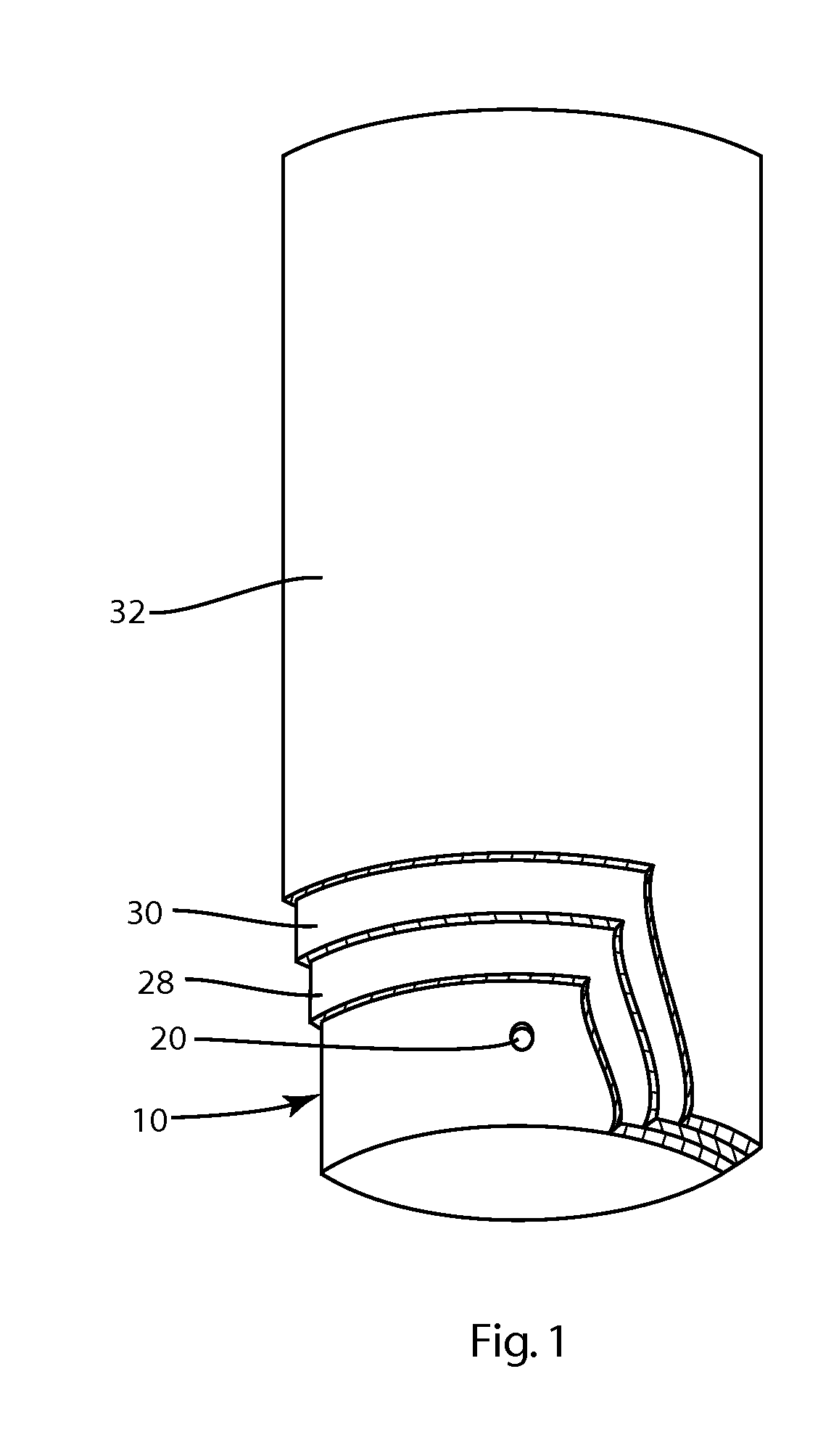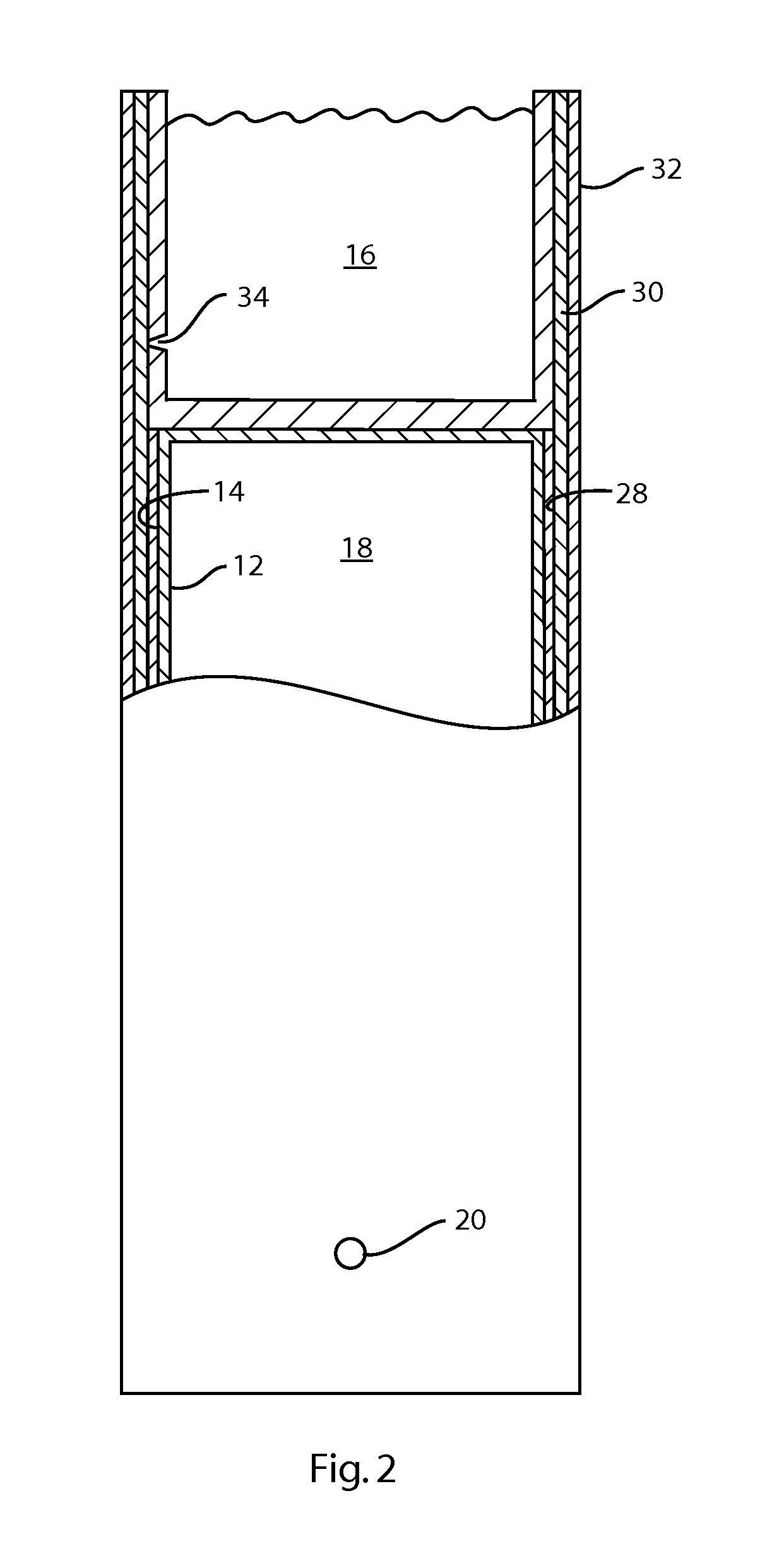Arthropod Bioassay and Control Device
a control device and bioassay technology, applied in the field of arthropod bioassay and control device, to achieve the effects of reducing the evaporation of bait liquid, improving the efficiency of arthropod capture, and increasing the trapping efficiency
- Summary
- Abstract
- Description
- Claims
- Application Information
AI Technical Summary
Benefits of technology
Problems solved by technology
Method used
Image
Examples
example 1
[0051]Table 1 illustrates the arrestant effect of the moist substrate versus the substrate without water and a plastic surface. Data are from a laboratory test in which the invention apparatus was inserted into 3 cages containing 43-59 Anopheles gambiae mosquitoes each. The number of seconds that 15 individual mosquitoes resided on the surface of the apparatus was timed by stop watch.
TABLE 1Mean Residence Time (seconds) on Substratesfor A. gambiae (n = 15)Warm PlasticWarm Dry ClothWarm Wet ClothSurfaceSubtrateSubstrate11.917.596.1
example 2
[0052]Table 2 illustrates the use of the test for laboratory testing of blood-feeding arthropod repellents. DEET, a standard arthropod repellent chemical, was diluted to 10% in ethanol. One gram of this solution was applied to 600 cm2 of the membrane. The membrane was wrapped around the moist substrate. The invention apparatus was inserted into a cage of 100Anopheles stephensi mosquitoes at periodic intervals and the number landing was counted. Two lands or one land in each of two consecutive time frames is considered the end of repellent duration.
TABLE 210% DEET Repellency Duration versus A. stephensi1 Hour2 Hours3 Hours3.5 HoursNumber of Lands0002
example 3
[0053]Table 3 illustrates the use of the test for field testing of blood-feeding arthropod repellents. Two commercial arthropod repellent products were tested on the membrane of the apparatus. These products contained 7% DEET and 7% Picaridin respectively. One milliliter of each was applied to the membrane. The number of mosquitoes landing were counted at periodic intervals. Testing was conducted in the campground of a state recreation area. Aedes vexans, Aedes triseriatus and Aedes trivittatus mosquitoes were present.
TABLE 37% DEET and 7% Picaridin Repellency -Number of Mosquitoes LandingTimeControl (no repellent)7% DEET7% Picaridin1.5 Hours700 2 Hours3002.5 Hours1310 3 Hours8003.5 Hours1012
PUM
 Login to View More
Login to View More Abstract
Description
Claims
Application Information
 Login to View More
Login to View More - R&D
- Intellectual Property
- Life Sciences
- Materials
- Tech Scout
- Unparalleled Data Quality
- Higher Quality Content
- 60% Fewer Hallucinations
Browse by: Latest US Patents, China's latest patents, Technical Efficacy Thesaurus, Application Domain, Technology Topic, Popular Technical Reports.
© 2025 PatSnap. All rights reserved.Legal|Privacy policy|Modern Slavery Act Transparency Statement|Sitemap|About US| Contact US: help@patsnap.com



